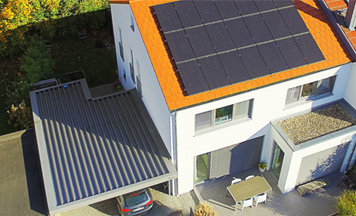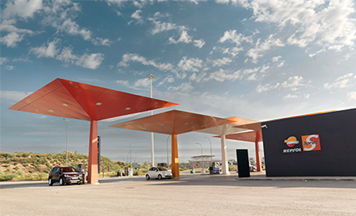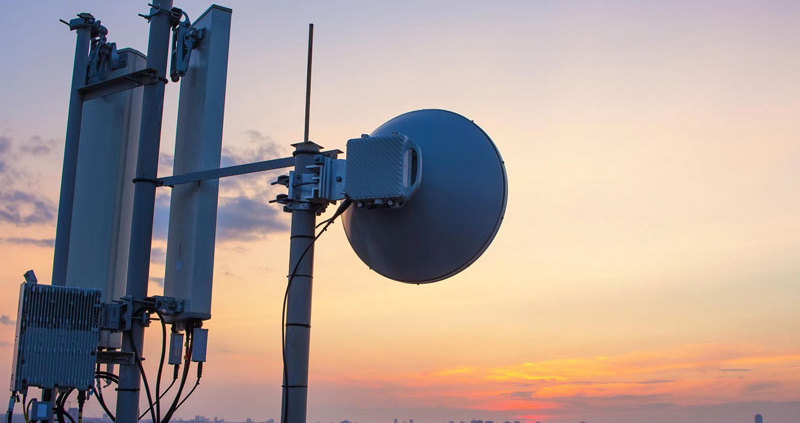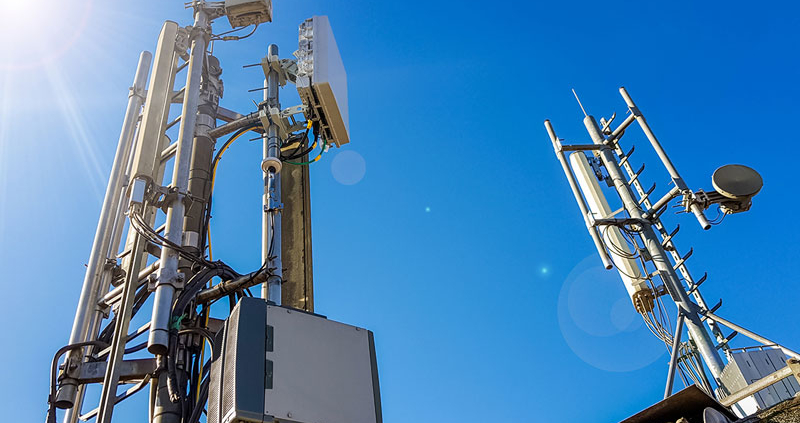Power supply system for 5G micro base station start trial production.
In Sep 2018, our power supply system for 5G micro base station start small-scale trial production. This project introduces foreign advanced production equipments, adopts testing equipment and data detection system with excellent performance. The project will form a very high annual production capacity and further enhance our research and development capabilities in the field of energy storage system.
The 5G Dilemma: More Base Stations, More Antennas—Less Energy?
A lurking threat behind the promise of 5G delivering up to 1,000 times as much data as today’s networks is that 5G could also consume up to 1,000 times as much energy. Concerns over energy efficiency are beginning to show up at conferences about 5G deployments, where methods for reducing energy consumption have become a hot topic.
The International Telecommunication Union (ITU) has published challenging, measurable requirements on the data rates, latency, and reliability that a network needs to satisfy to be called 5G. While the ITU has also aimed for greater energy efficiency, it hasn’t established any measurable goals for it.
Emil Björnson, an associate professor at Linköping University, in Sweden, has devoted a portion of his current research to addressing this issue. Despite the challenges, he remains optimistic. “This is a major problem, but I don’t think it will be a showstopper,” said Björnson.
Björnson says this despite concern about two elements expected to be fundamental parts of 5G networks: an increase in the number of small cellsand the rise of massive multiple-input multiple-output (MIMO) antennas.
In the case of small cells, the Small Cell Forum predicts that 5G small-cell deployments will overtake 4G small cells by 2024, with the total installed base of 5G or multimode small cells in 2025 to be 13.1 million, constituting more than one-third of the total small cells in use.
Björnson concedes that when you deploy more small cells, the total energy consumption of a network will grow. However, he notes that energy consumption in a small cell is much lower than in a conventional cell. But, many more small cells will be needed to cover an area. That makes it hard to predict how large their net energy consumption will be.
The Holy Grail Of Lithium Batteries
Building a Better Lithium Battery
Last year I wrote about A Battery That Could Change The World, which addressed the development of a solid-state lithium battery that won’t catch fire if damaged. More recently, I wrote about a different approach to the problem of fires in lithium-ion batteries, which quickly dissipates the heat released from a fire in a cell before it can spread.
Development of better batteries is critical as more electric vehicles hit the roads, and as electric utilities seek better options for storing power from intermittent renewables. In addition, lithium-ion batteries have become ubiquitous in our lives through any number of consumer electronics.
Three key issues that companies are working to address are safety, energy density, and cost. Safety mainly concerns the possibility that lithium-ion batteries can catch fire if damaged. The two aforementioned stories are mostly focused on that aspect of the problem.
The problem of energy density concerns the ability to store energy in a specific volume (or weight). Batteries have low energy density compared to liquid fuels. Gasoline, for example, has about 100 times the volumetric energy density of a Li-ion battery pack. However, the greater efficiency of an electric motor versus a combustion engine substantially narrows the gap for usable energy.
Finally, batteries have historically been an expensive way to store energy. According to the Energy Information Administration, in recent years the cost to install large-scale battery storage systems was typically thousands of dollars per kilowatt (kW). In comparison, the capital costs of producing electricity by power plants can be under $1,000/kW. Importantly, lower battery storage costs would be a critical enabler for utilities seeking to incorporate higher levels of intermittent renewables into the power mix.









